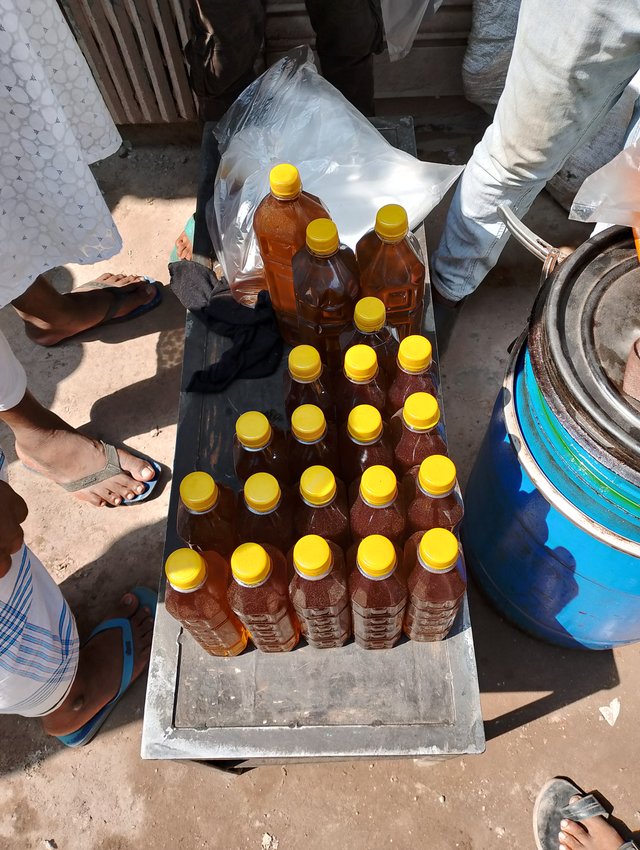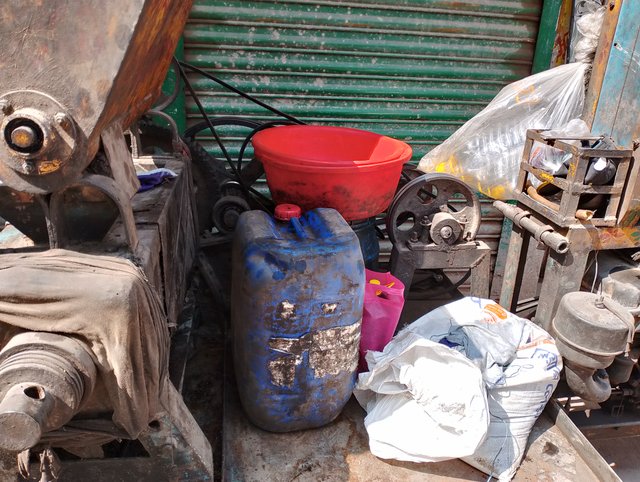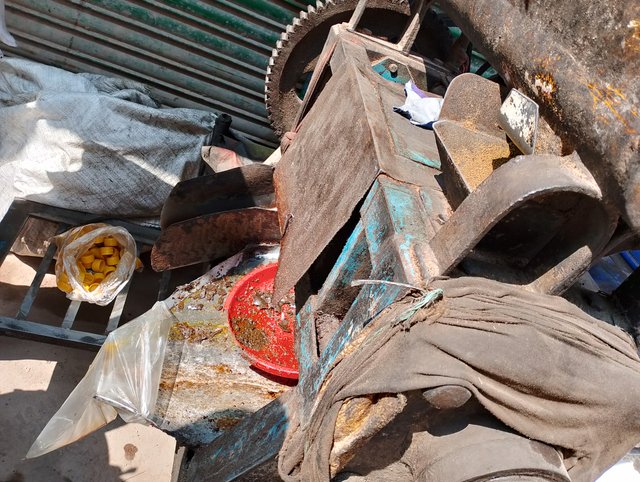Pure Mustard Oil or Adulterated? A Real-Life Experience and a Call for Awareness
Hello dear friends,
I hope you all are doing well and spending a beautiful life with your loved ones. I wish you all happiness and peace.
This Friday, after finishing the Jummah prayer, I came across an unusual scene. Just across the road from the mosque, two men were selling mustard oil. The oil was stored in large blue plastic drums, and some had already been bottled in plastic containers with yellow caps. These bottles attracted the attention of many passersby—some were buying, while others were just watching curiously.
As I moved closer, I noticed an oil-extracting machine placed beside the stall. Perhaps they wanted to prove that the oil was freshly extracted from mustard seeds. However, the machine looked extremely old, rusty, and unclean—reminding me of a 70–80-year-old man. Next to it, a sack filled with mustard seeds was kept, possibly as “proof” of authenticity.
But the real question remained: Was the oil actually pure mustard oil? Looking at the color of the bottled oil, I became doubtful. Pure mustard oil usually has a distinct golden-yellow or brownish shade with a sharp aroma. The oil on display appeared too dark brown, which did not look convincing. Yet, the sellers insisted it was pure mustard oil and were selling it at 240 Taka per kilogram.
Because of my suspicion, I chose not to buy it. But this experience made me realize something important—every day, thousands of people might be getting deceived in this same way, buying adulterated or low-quality oil without even realizing it. Since it is very difficult for the average person to detect what is mixed in the oil, consumers often fall into this trap.
How to Identify Pure Mustard Oil
To raise awareness, here are some effective methods you can use to distinguish pure mustard oil from fake or adulterated ones:
- Check the Color
Pure mustard oil is usually deep yellow or golden-brown. If the color is too dark brown or blackish, it’s a warning sign.
- Smell Test
Pure mustard oil has a sharp, pungent, and distinctive smell. Fake or adulterated oil often lacks this strong aroma and may have a faint or artificial odor.
- Taste Test
When you take a small drop on your finger and taste it, pure mustard oil will leave a tangy, pungent flavor that lingers on the tongue. Adulterated oil usually fails this test.
- Freezing Test
Pure mustard oil tends to thicken or partially solidify when kept in a cool environment (like a refrigerator). Adulterated oil usually remains in a liquid state.
- Water Test
Drop a small amount of mustard oil in a glass of water. Pure oil will float on the surface without mixing easily. Fake or adulterated oil tends to mix slowly with water.
- Buy from a Trusted Source
Instead of buying oil from roadside vendors or unknown sellers, always purchase from reliable shops, known brands, or trusted suppliers.
Food adulteration is not only a serious health risk but also a sign of moral and social decline. Pure mustard oil is a highly nutritious ingredient, while adulterated oil can harm the body and lead to various diseases. Therefore, we should never buy oil just because it looks cheap or convenient. Careful observation, testing, and purchasing from trusted sources are essential to ensure we get authentic mustard oil.
That day, I stood in front of the mosque but didn’t buy the oil—and I believe that was the right decision. If we all remain cautious and aware, only then can we stop such dishonest practices.
Thanks all
| Device | Mobile |
|---|---|
| Model | Realme C- 53 |
| photographer | @joniprins |
| location | Narayanganj ,Bangladesh |








$upvote20%
A demonstrative and advice-packed post about food and other articles. I've learned several things from your posts.
First, I didn't know that mustard seed oil was extracted. Then, some characteristics I should look for to distinguish the original oil from the adulterated one.
You know, on Steemit, it's good to include sources and references to the publications and articles we use for our posts. It doesn't hurt, and I suggest you do so. You run the risk of someone saying you're plagiarizing or, worse, using AI.
Be careful. 😉